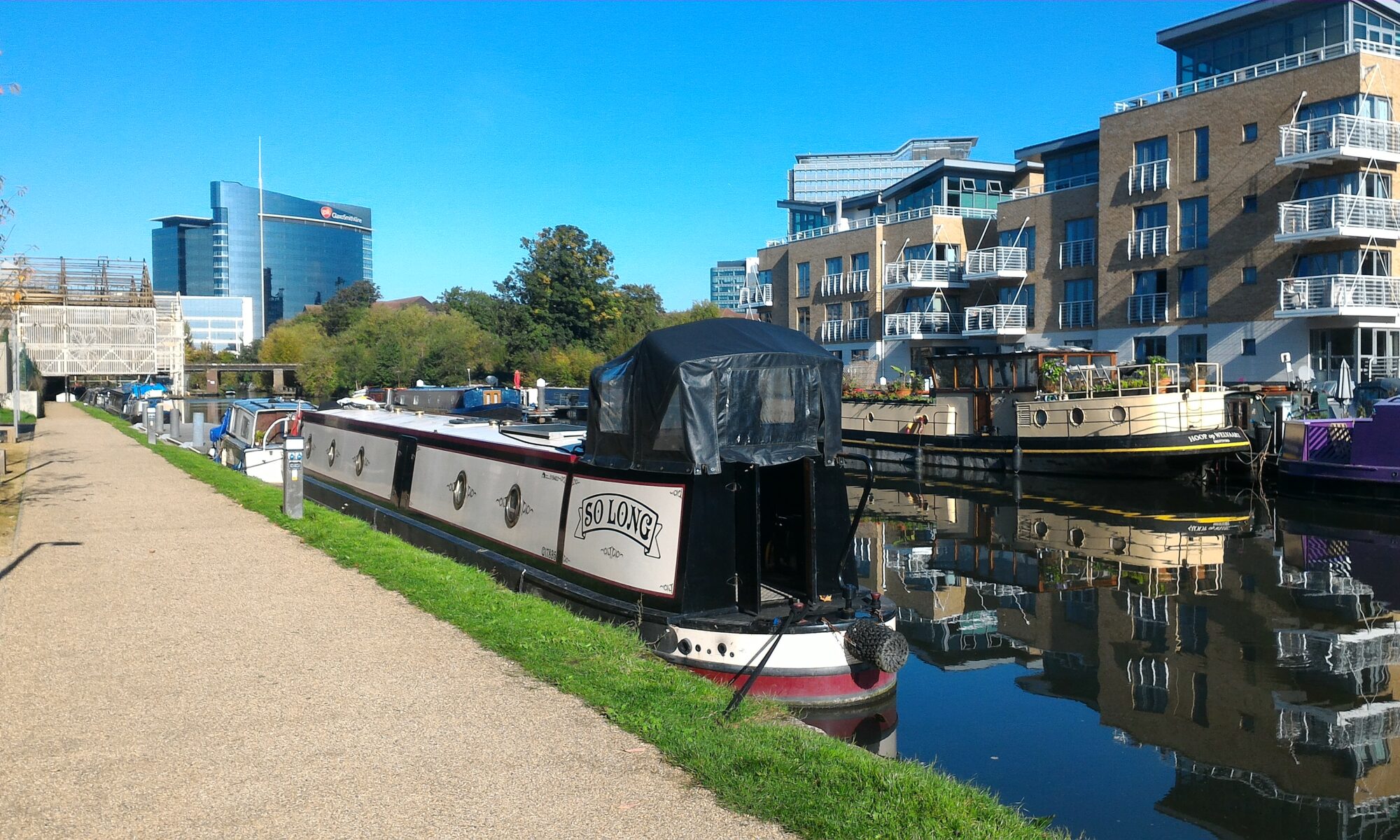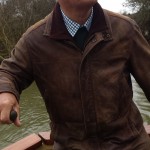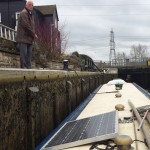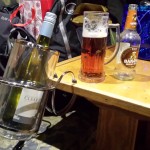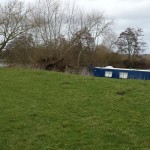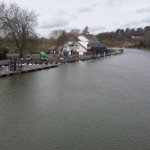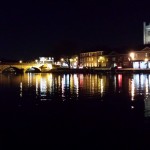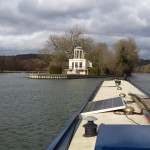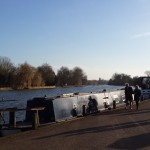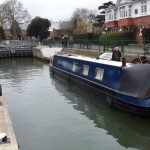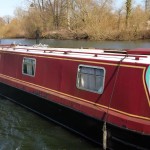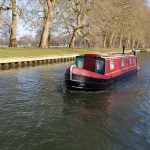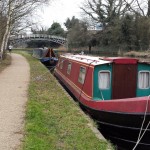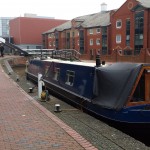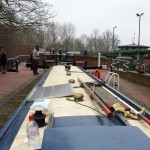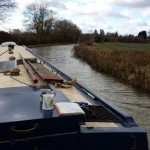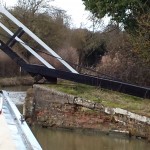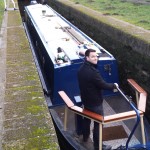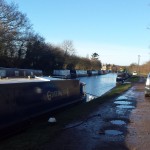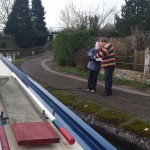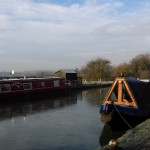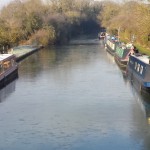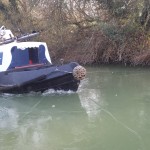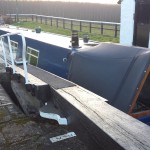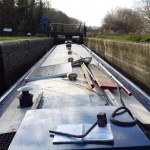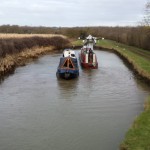We switched to lithium (LiFePO4) on our narrowboat this winter as we needed to replace our five lead acids and were alerted by a fellow boater to two second hand Valence U-Charge U27-12XP 130Ah packs at the ideal time. They’re about £1400 each new and we got them for £350 each, with 60 cycles on them according to the internal BMS. They were originally in an electric delivery van project (with 20 other packs) but the firm went bust. I wired them in parallel.They balance themselves internally and show their status with an LED which normally flashes green every 20 seconds.
Our boat is gas-free (electric cooking, built-in diesel generator) and we have high power demands – we routinely use a 1200W kettle on our inverter. We are not typical users (which itself justifies the higher outlay).
For us, our packs have freed us from many of the headaches of lead acid leisure batteries which I summarise as:
– slow to charge which wastes diesel, yet:
– having to think about charging up to 100% frequently except with mid-summer solar
– sulphate when left discharged
– can’t deliver much current (without a big bank of them)
– self discharge over time
– less available capacity: should only be discharged to 50% of capacity to preserve life
– heavy
though they they’ve given us other challenges:
– Resting voltage doesn’t vary much as you drain them: you can’t really tell the state of charge (at least between about 10% which is too low for comfort and 80%) from the voltage unless they’re under heavy load – a battery monitor with Ah counter helps. We don’t worry too much as I’ve installed some protective circuits which stop them being completely flattened by disconnecting the loads and turning off the remote switch of the inverter if the voltage goes below about 11.5v
– should not be held at high voltage – a problem when charging off the alternator during long cruises, although lead acid float voltages around 13.6v are fine
– prefer to be left partly discharged
– ruined if charged (even a few amps of solar) when below 0 deg C so in the recent cold weather we ran our Webasto which warms up the engine bay before thinking about charging.
We think of our lithiums as fine china plates. They should last well (good for conservatively 3000 cycles – eight years if we flattened and charged them every day) unless the resting voltage of the pack drops below 10v. Then it’s game over, like dropping a plate. One bad flattening and that’s basically it. I’m going to add some protection from high voltage too, which will quickly kill our batteries as well. We accept that we’re part of our battery management system!
If you want to know anything specific about living practically with LiFePO4 I’m happy to answer questions here.
